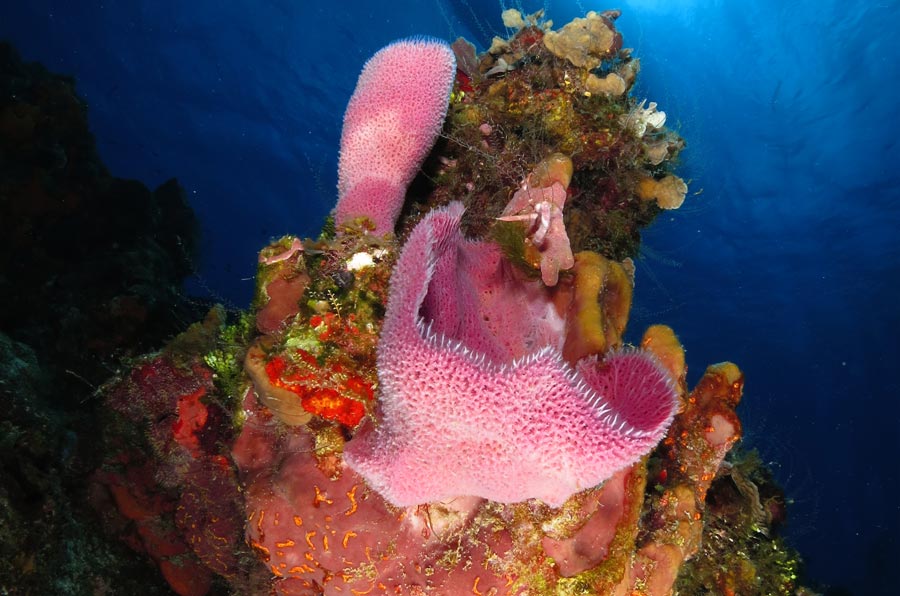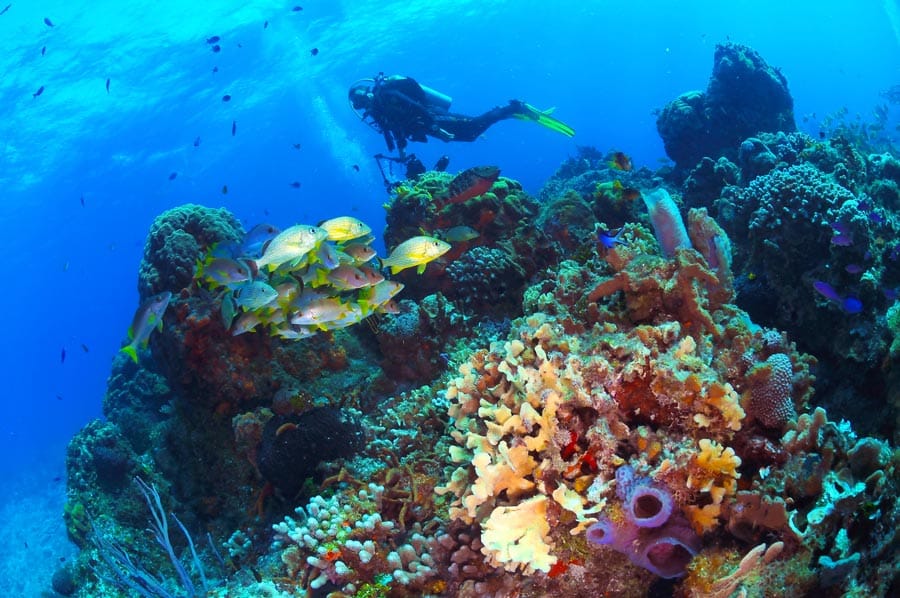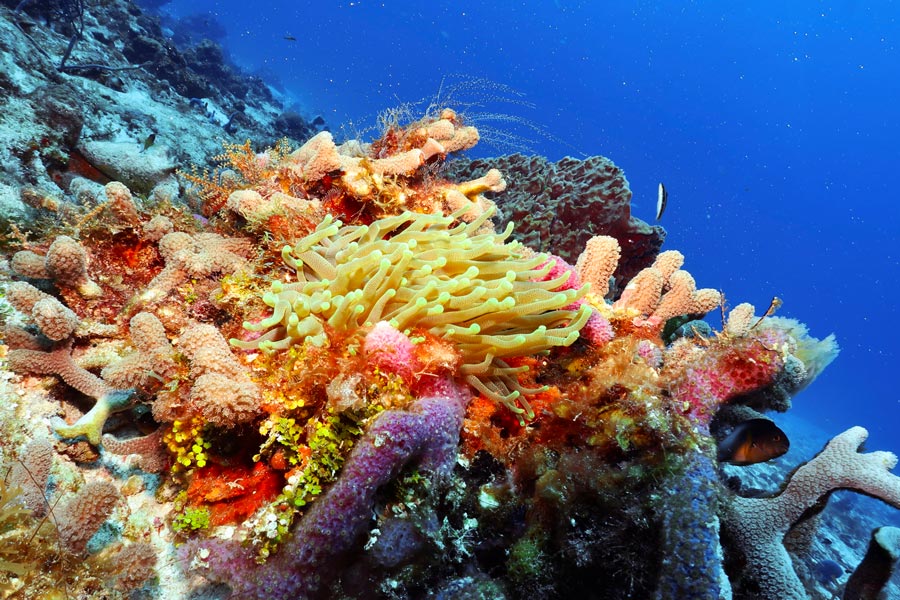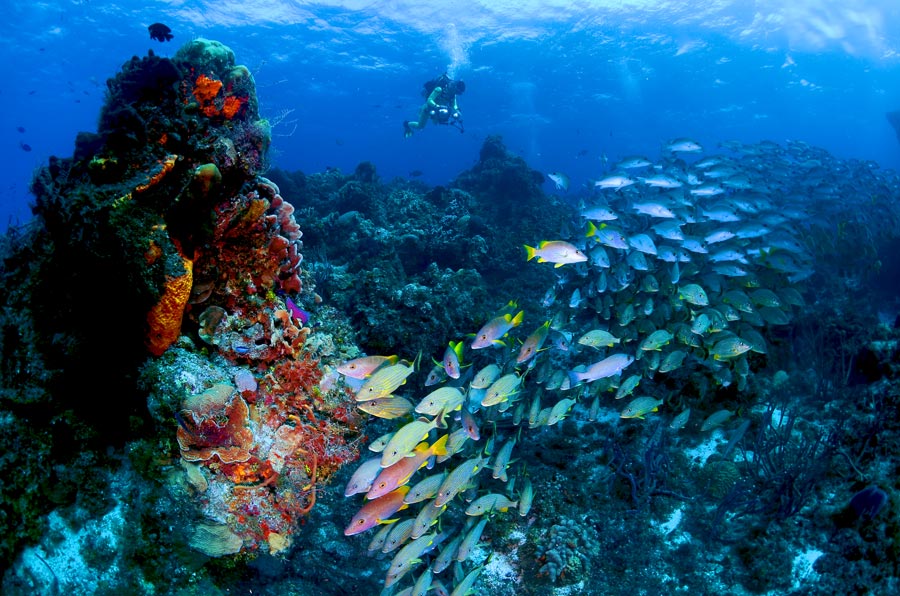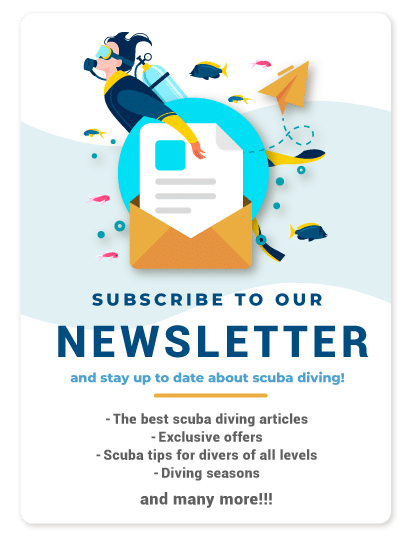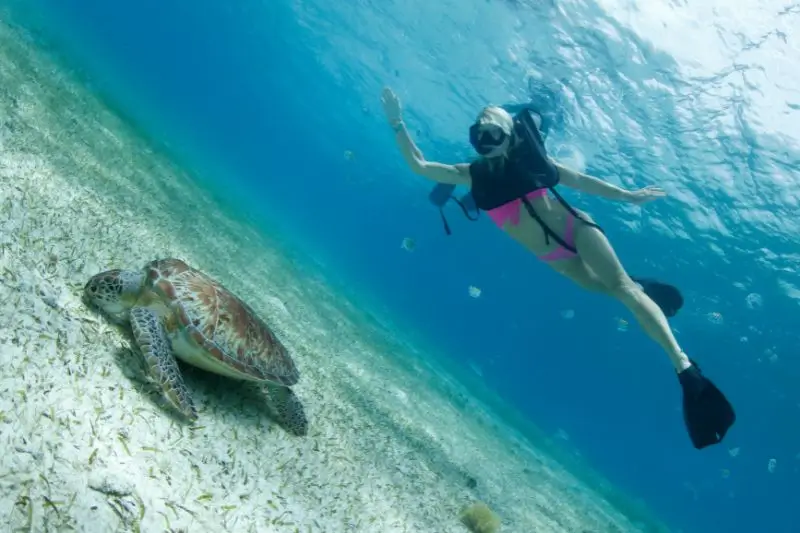While the allure of the oceans beckons diving enthusiasts, a pressing concern lurks beneath the surface: the profound impact of climate change on coral reefs. Let’s delve into this issue.
The Earth’s delicate thermal balance, influenced by solar radiation, is intricately woven into the atmosphere, oceans, and land. About 30% of incoming solar energy is reflected back into space, with approximately 70% being absorbed, resulting in an average temperature of around 14°C.
We can liken this effect to a greenhouse. Solar radiation enters through the greenhouse glass, heating the air, soil, and plants. Similarly, Earth retains heat through these processes. Without this retention, we would lose heat, and Earth’s temperature would be -18ºC. It’s as if Earth has its natural greenhouse system.
The catch is that on the planet resides a species believed to be very clever, and they have changed the rules of the game. This has consequences: the Earth’s temperature is rising.
Coral reefs, occupying less than 1% of the ocean floor, are critical biodiversity hotspots, providing a home for a quarter of all known marine species. However, climate change wreaks havoc on them.
Continue reading to discover the impact of climate change on coral reefs.






